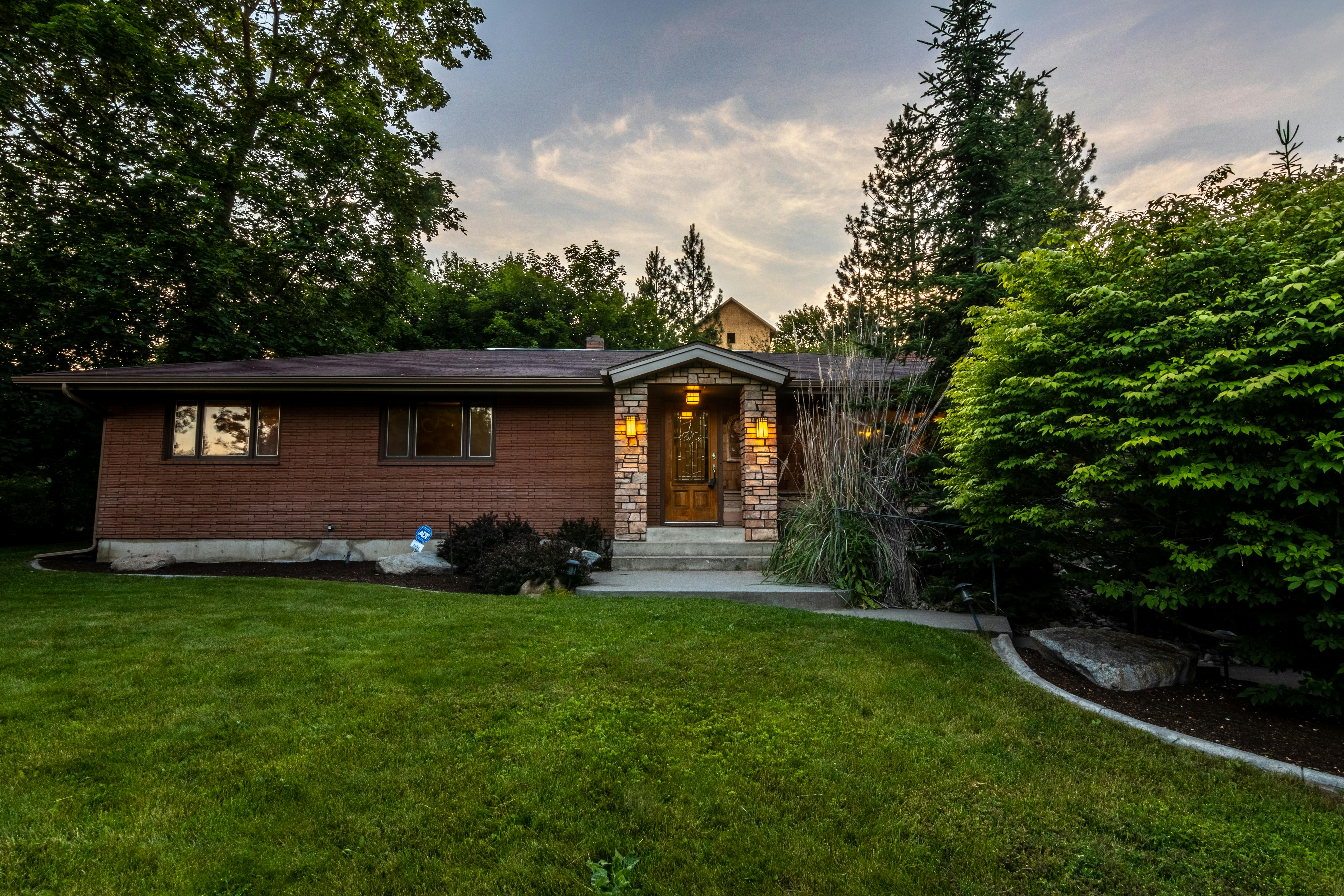Have you ever focused on the ‘who else can have access to your storage unit’ clause in your rental agreement?’ Many of the operators put this clause in their rental agreement thinking that the client includes a spouse or any other significant person who would like to be named in the rental agreement. But they may not be aware of the scenarios that can potentially put them at risk.
Taking names in the authorized access field means that you are unreasonably allowing the sharing of access and services you offer to additional customers. The entire authorized access point will be fruitful, only if it is kept confidential between the tenant and the party. When you engage in that process, you are unknowingly turning the confidential point public, which in turn can create risks.
There are many situations where storage unit administrators get into trouble due to authorized access. Here are some situations management should think about before including the field in the rental agreement. Suppose a person has listed her spouse as an authorized user of the storage unit, and then got divorced and the person forgot to remove the spouse from the list of authorized users. In another case, a person listed her friend as an authorized user and then they became enemies and the tenant was unable to notify the facility owner. In these situations, if you offer access, you may need to be prepared to face a lawsuit.
Allowing authorized access to self-storage would be beneficial to your tenant and the other person, but it could get you into legal trouble. Suppose a person who is authorized to your unit showed up without the door code or keys to the lock and you expected help from him, then his management should be able to address the situation. Here are some of the tips for your managers to handle situations.
1. When an authorized person asks for your help opening the storage unit, mention the policies your facility follows and try to convince them that they should not provide assistance to tenants as part of the security rules.
2. For each entry or access to a storage unit, hint to the tenant that the user has accessed the particular unit, at a certain time via emails or mobile alerts.
3. Be sure to record all customers entering and leaving your storage by using surveillance cameras at the entrance to your facility. Also, ask your tenants to enter or update the list of items each time they remove or add to the storage unit.
4. Educate and train all your staff on how to manage and minimize risk in self-storage facilities.
Let your tenants decide who they want to share the lock code and key with. If you wish to change your mind, it is your sole responsibility to change the lock code or key. For security, you can simply keep track of the person accessing the drive.



